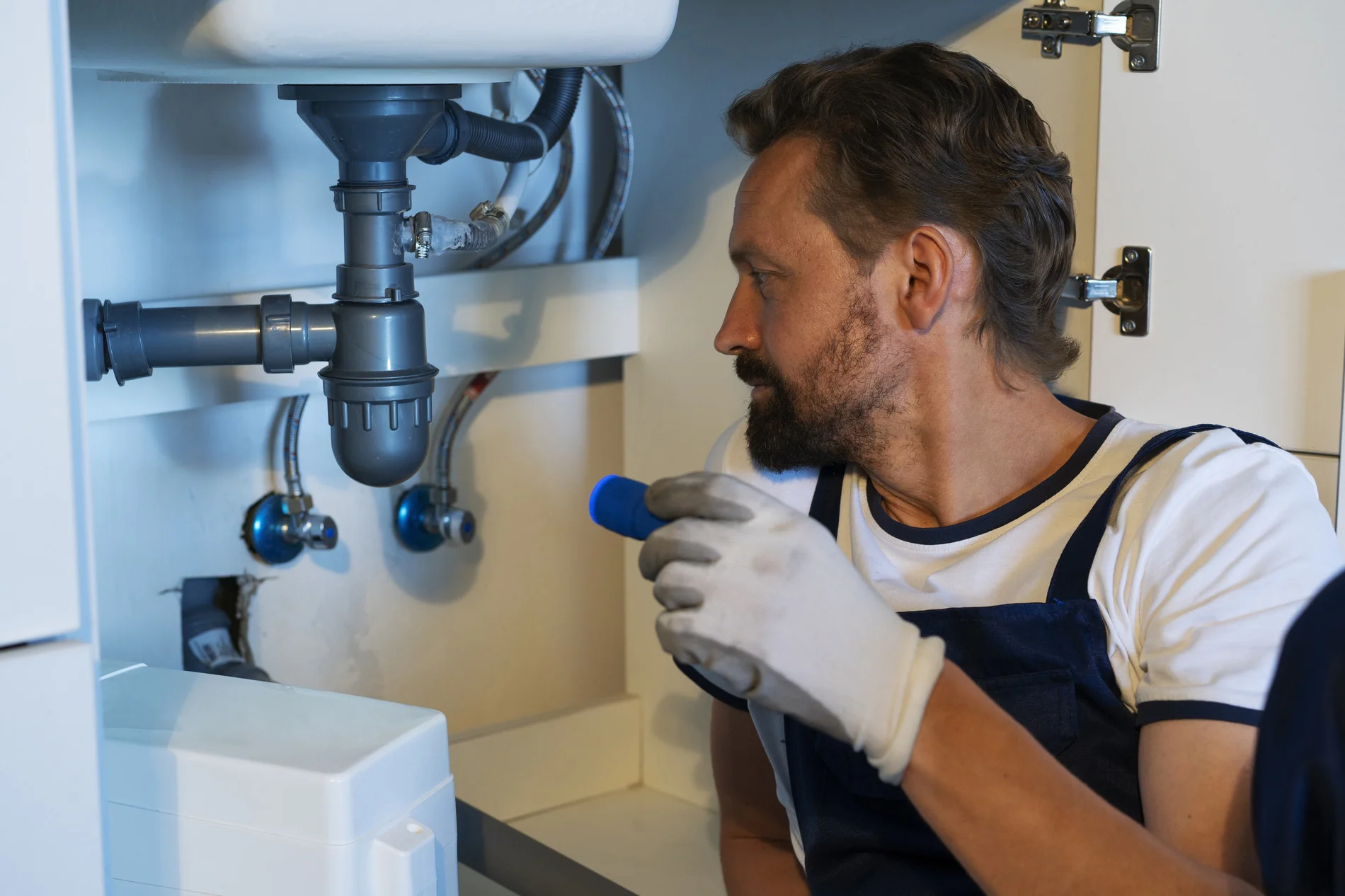Introduction
In today’s digital age, having a professional online presence is essential for plumbing businesses. A well-designed website not only helps attract new clients but also showcases your services and expertise. Building your first plumbing website may seem overwhelming, but with the right approach, you can create a site that drives traffic and converts visitors into customers. In this step-by-step guide, we’ll walk you through the key steps to building your first plumbing website.
1. Choose the Right Domain Name
Your domain name is your online address, so it’s important to choose one that is relevant and easy to remember. Ideally, it should include your business name or a keyword related to plumbing. Make sure it’s simple, easy to spell, and represents your brand well.
2. Select a Reliable Hosting Provider
A hosting provider is essential for making your website accessible on the internet. Choose a hosting service that offers fast loading times, strong security features, and excellent customer support. It’s also worth considering whether the host offers scalable plans as your plumbing business grows.
3. Pick a User-Friendly Website Builder
For beginners, a website builder with drag-and-drop functionality, like WordPress or Wix, is often the easiest route. These platforms offer customizable templates specific to service-based businesses, including plumbing. Be sure to select a template that’s responsive and mobile-friendly to cater to users on various devices.
4. Design a Professional and Clean Layout
Your website should have a professional and clean design that reflects your brand. Make sure it’s easy for visitors to navigate through different sections such as services, about us, contact information, and blog. Use high-quality images and a clear color scheme to enhance user experience.
5. Create Compelling Content
The content on your website should clearly explain your plumbing services and expertise. Be sure to include an “About Us” page that highlights your qualifications and experience. Additionally, write service pages for different plumbing tasks such as repairs, installations, and emergency services. Use simple language and make sure the content is optimized for search engines with relevant keywords.
6. Optimize for SEO
To make sure your plumbing website ranks well on search engines like Google, SEO optimization is crucial. Use your primary keyword, “plumbing website,” throughout your content, especially in titles, meta descriptions, and image alt text. Make sure your website loads quickly, has a mobile-friendly design, and includes internal links to improve your search rankings.
7. Include Call-to-Actions (CTAs)
Ensure you have clear call-to-action buttons that guide visitors to take the next step, whether it’s booking a service, requesting a quote, or contacting your business. These CTAs should be prominently displayed on every page to encourage conversions.
8. Add a Blog for SEO and Customer Engagement
A blog is a great way to drive more traffic to your website and educate potential customers on plumbing topics. Write posts that answer common questions about plumbing maintenance, repairs, and installations. Make sure to update the blog regularly to keep your site fresh and boost its ranking in search results.
9. Implement Contact Forms and Reviews
Make it easy for potential customers to reach out by including contact forms or a click-to-call button. Additionally, showcase client testimonials or reviews to build trust with visitors.
Conclusion
Building your first plumbing website doesn’t have to be complicated. By following these simple steps, you can create a professional online presence that attracts new customers, boosts your credibility, and helps your business grow. If you need assistance, professional digital marketing services can help ensure your website is optimized for success.
Also Check : The Top 5 Website Features Every Plumbing Company Needs



